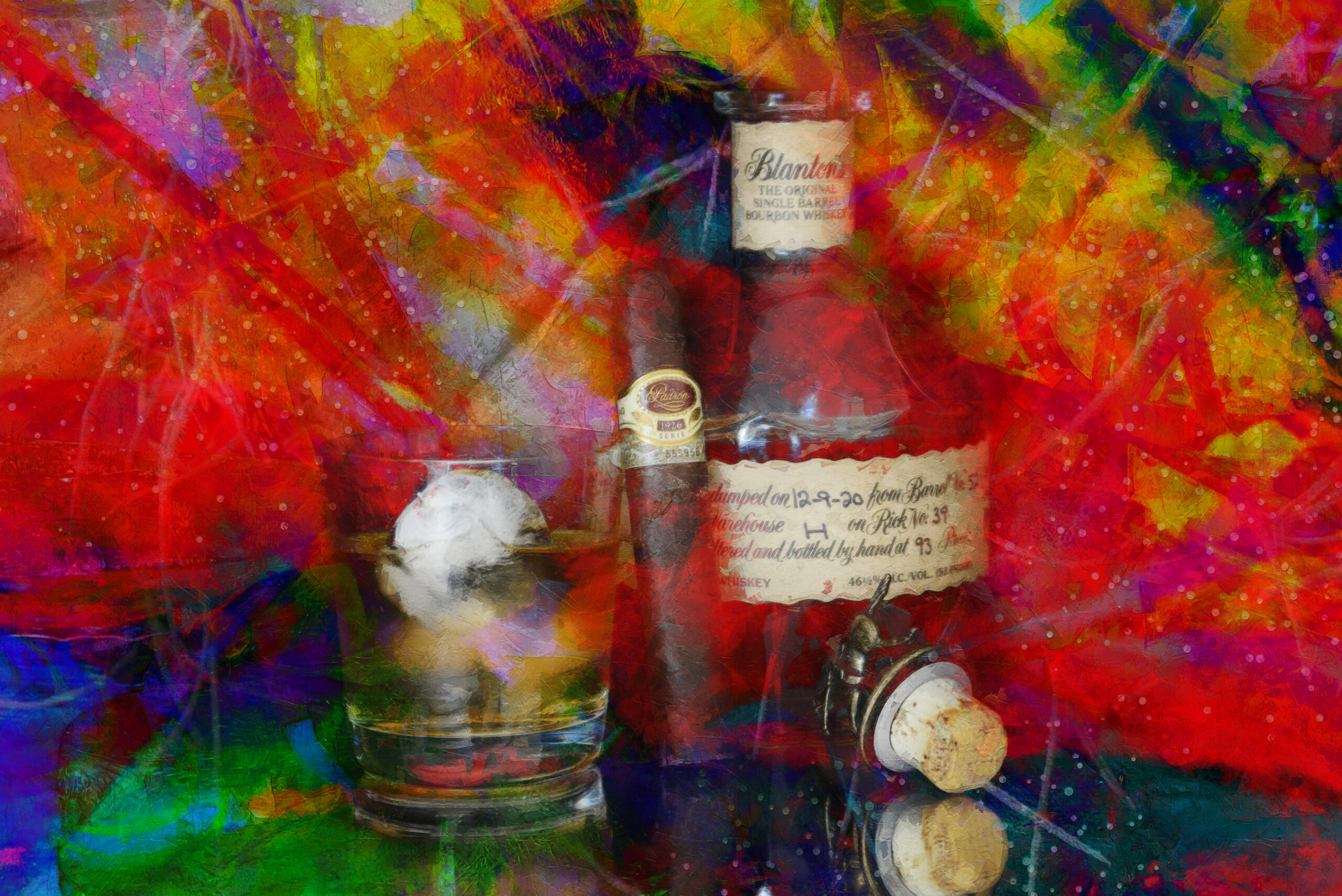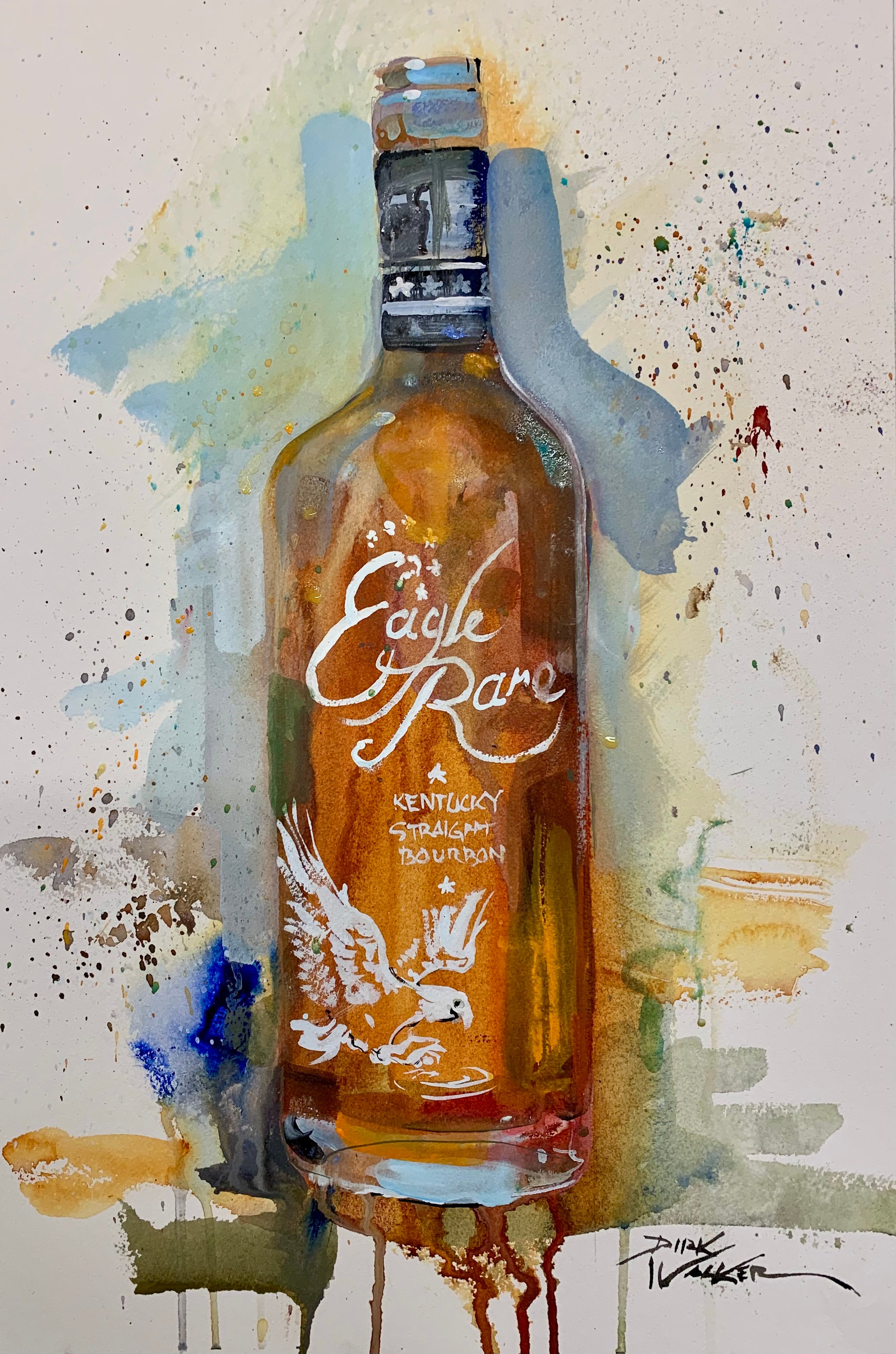The Value of Whiskey Art in Celebrating Heritage and Craftsmanship in the Beverage Sector
The elaborate relationship between bourbon art and the party of heritage and workmanship within the beverage industry can not be overstated. Through attentively designed bottles and labels, scotch brand names envelop their historical roots and the artisanal abilities that define their manufacturing approaches. This artistic measurement not only enhances market charm but likewise offers as a conduit for cultural storytelling, cultivating a much deeper link between the craft and the consumer. As we explore the various facets of this topic, interesting questions regarding the effect of modern patterns on traditional practices emerge, triggering additional evaluation.
The Historic Origins of Whiskey
At the heart of whiskey's appeal exists an abundant tapestry of historic roots that map back to ancient worlds. The origins of bourbon can be linked to the distillation practices of the Sumerians and Babylonians around 2000 BCE, where very early kinds of fermented grain drinks started to arise. Nonetheless, it remained in the Middle Ages that the art of purification evolved dramatically, particularly in Ireland and Scotland, leading to the production of whiskey as we understand it today.
The term "bourbon" itself stems from the Gaelic word "uisce beatha," suggesting "water of life." This expression highlights the social significance of whiskey in Celtic societies, where it was often connected with rituals, celebrations, and public bonding. By the 15th century, purification became an identified craft within reclusive neighborhoods, leading the way for the establishment of legal distilleries.
As trade routes increased, bourbon's popularity grew, going beyond regional limits and capturing the rate of interest of connoisseurs worldwide. Bourbon Art. This historic trip shows not only the workmanship behind whiskey production yet additionally its important duty in social and cultural contexts, noting it as a substantial drink throughout background
Artistic Expression in Branding
Scotch branding stands as an engaging crossway of creativity and commerce, where aesthetic identification plays a crucial role fit consumer understanding. The aesthetics of whiskey labels, packaging, and advertising materials reflect not just the brand name's tale but likewise its core values and heritage. With artistic expression, distilleries communicate a narrative that resonates with customers, evoking feelings and stimulating connections.
Using shade, typography, and images in branding serves to separate products in a saturated market. Conventional themes may stimulate a feeling of credibility and craftsmanship, while contemporary styles can symbolize technology and forward-thinking. This tactical artistic instructions boosts brand acknowledgment and commitment, enabling customers to forge an individual connection with the whiskey they choose.
Moreover, imaginative expression in branding usually offers as an event of local heritage. Distilleries often incorporate neighborhood icons or historic references into their layouts, creating a feeling of area that invites consumers to take part in a wider cultural experience. Eventually, the virtuosity behind bourbon branding not only boosts visual allure but additionally enriches the overall narrative of the brand, promoting a deeper appreciation for the workmanship and heritage embedded in each container.
Workmanship in Container Layout
The artistry noticeable in scotch branding extends past visual identity to include the workmanship entailed in container design. Each container functions as a vessel not simply for the spirit within, yet additionally for the tale it outlines its quality, origin, and custom. The style procedure calls for meticulous attention to detail, as components such as closure, product, and form contribute substantially to the general perception of the bourbon.
Workmanship in container design includes choosing premium glass that can improve the scotch's color and quality, while additionally giving a responsive experience for the consumer. The silhouette of the bottle must be both functional and visually appealing, usually showing the heritage of the brand. Numerous distilleries choose one-of-a-kind shapes or printed logos that evoke a feeling of authenticity and background.
In addition, the label style and typography play an essential duty in interacting the brand's story. Realism Art. A well-crafted bottle not only mesmerizes the consumer's eye but additionally enhances the brand name's commitment to quality and custom. By doing this, the craftsmanship of container style ends up being an essential facet of the scotch experience, combining artistry with an extensive respect for heritage
Cultural Importance of Bourbon Art
Commemorating practice and craftsmanship, the social significance of whiskey art transcends simple visual appeals, intertwining with Learn More Here the historic and social stories of the regions from which it stems. Each bottle acts as a canvas, portraying the distinct tales, mythology, and practices that have actually formed local whiskey-making practices. The intricate designs usually show the heritage of the distillers, integrating symbols and motifs that resonate with the culture and worths of their communities.

Additionally, scotch art plays a crucial function in common celebrations and celebrations, offering as a substantial link in between useful reference individuals and their shared experiences. By valuing the artistry in scotch product packaging, customers cultivate a much deeper understanding and respect for the craft, eventually improving their enjoyment of the beverage itself.
Modern Trends in Whiskey Discussion
In the last few years, the discussion of whiskey has actually evolved to mirror contemporary tastes and trends while still honoring typical workmanship - Bourbon Art. Distilleries are significantly concentrating on visual aspects that boost the general alcohol consumption experience, linking the gap between heritage and modernity
Cutting-edge container designs have actually arised, typically including sustainable materials and creative tags that inform compelling stories. Numerous brands currently team up with regional musicians, infusing their items with unique visual expressions that reverberate with customers. In addition, limited-edition launches are commonly packaged in collectible containers, including worth and charm for lovers.

Conclusion
To conclude, whiskey art serves as an essential conduit for expressing the heritage and workmanship fundamental in the beverage sector. With intricate branding, ingenious bottle styles, and culturally considerable artistic aspects, scotch brand names efficiently recognize their practices and attach with consumers. This artistic narrative not only elevates the appreciation of bourbon yet additionally strengthens neighborhood identity and pride amongst manufacturers. Inevitably, whiskey art plays a crucial function in preserving and commemorating the rich social tapestry of whiskey-making.


Workmanship in container design entails choosing high-grade glass that can boost the scotch's shade and clearness, while additionally providing a tactile experience for the consumer. In this means, the workmanship of bottle design ends up being an important element of the scotch you can try these out experience, merging creativity with an extensive respect for heritage.
In verdict, scotch art offers as a crucial conduit for revealing the heritage and craftsmanship fundamental in the beverage sector.